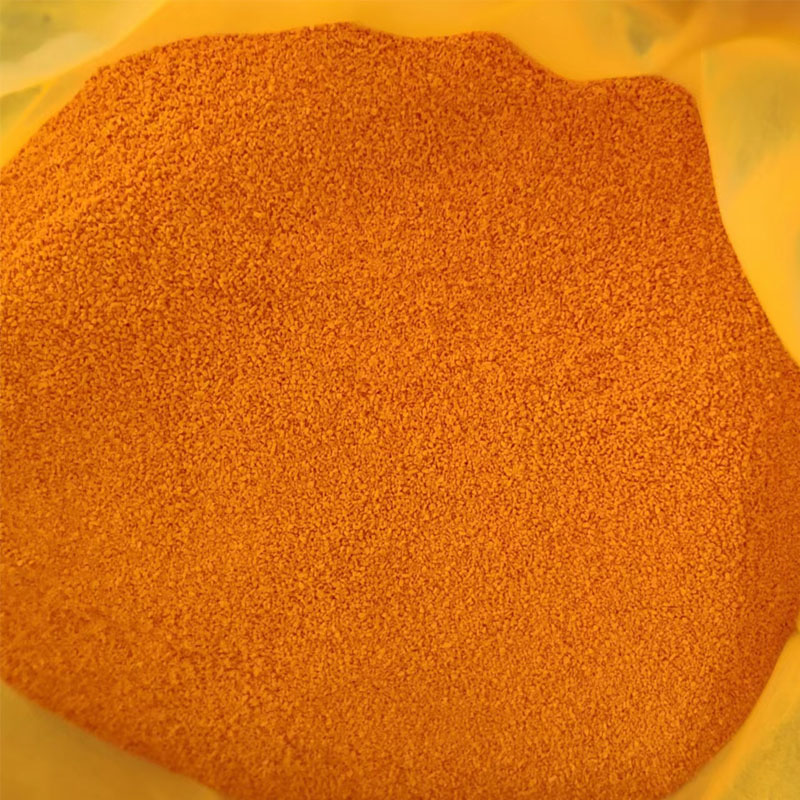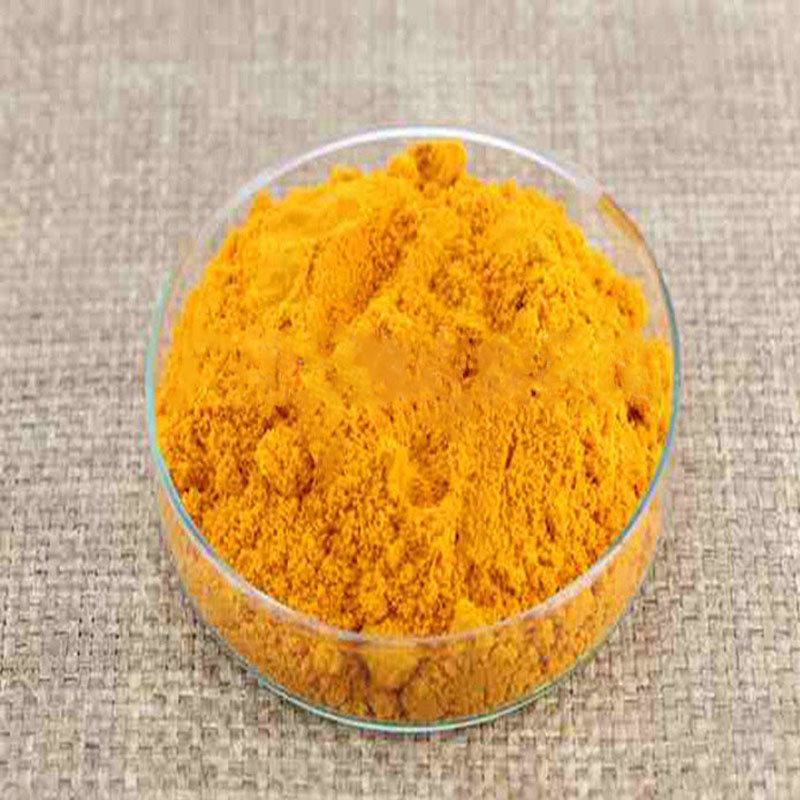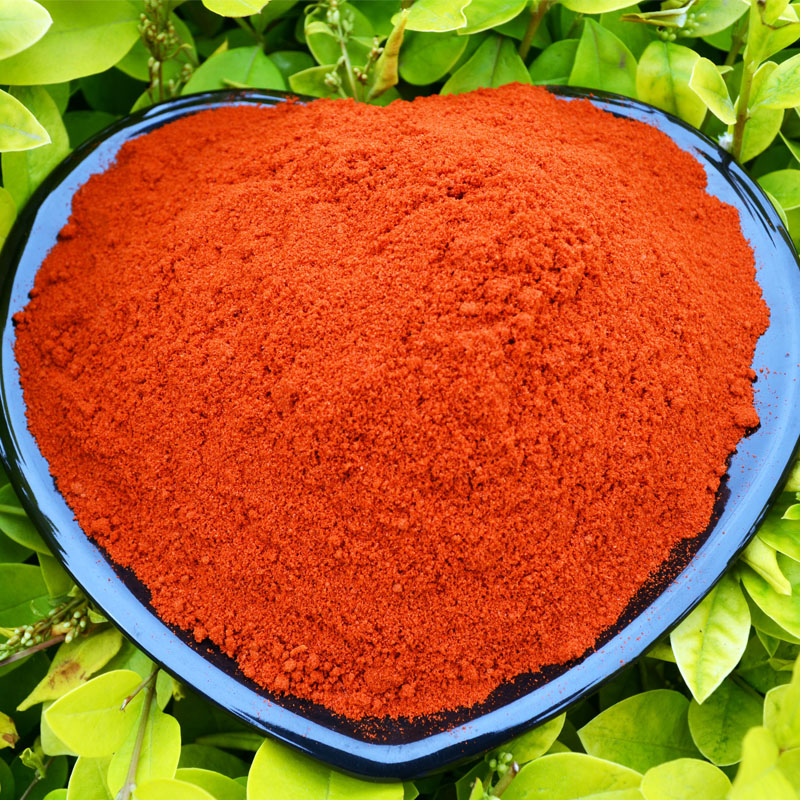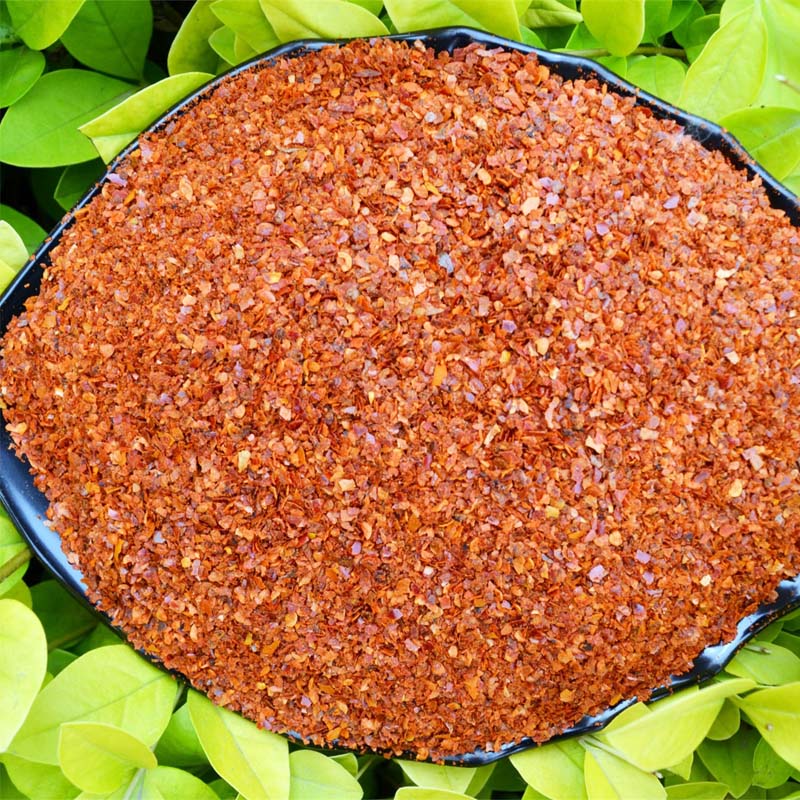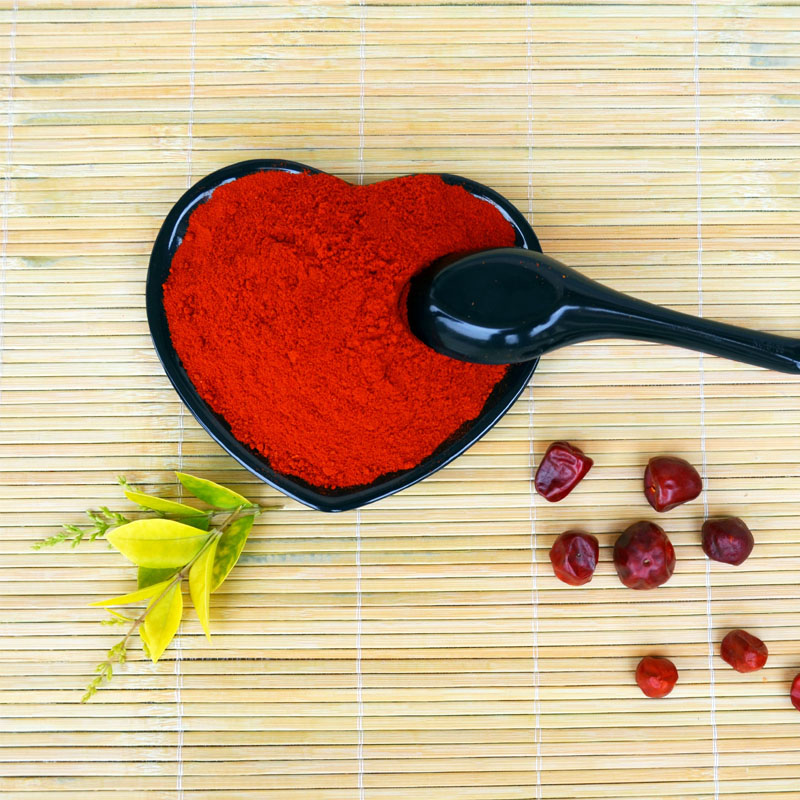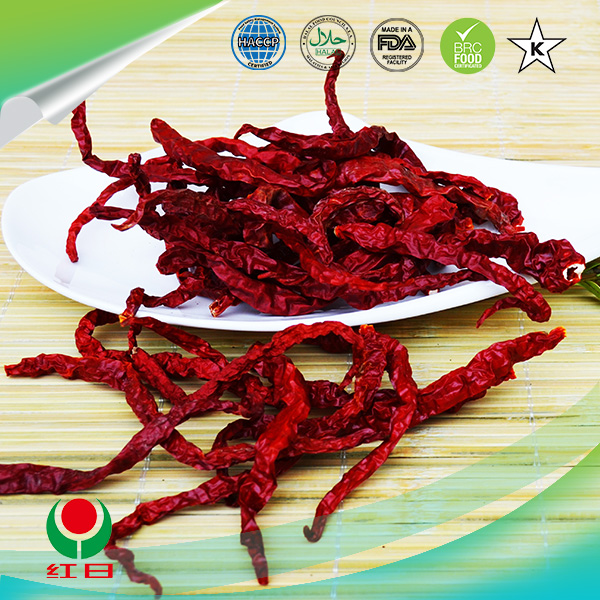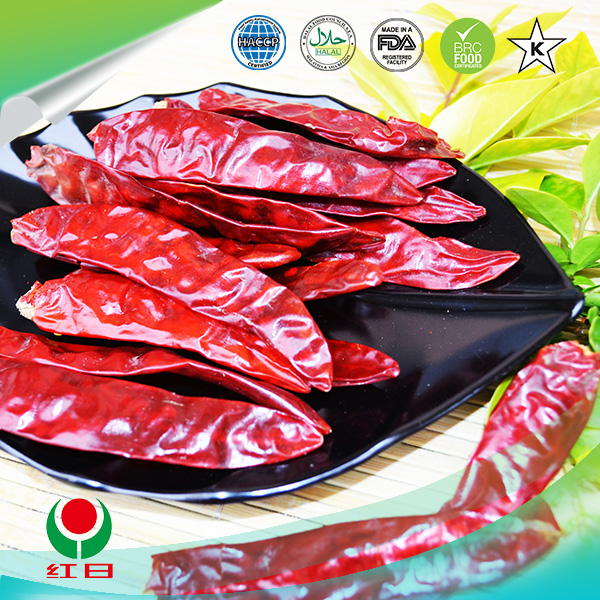- No. 268 Xianghe Street, Economic Development Zone of Xingtai city, Hebei 054001 China
- Byron@hbhongri.cn
paprika oleoresin e160c
The Marvels of Paprika Oleoresin (E160c)
Paprika oleoresin, known by its food additive code E160c, is a natural coloring agent derived from the fruits of the Capsicum annuum plant, commonly known as paprika. With its vibrant colors ranging from bright red to deep orange, paprika oleoresin is widely utilized in various food products, cosmetics, and pharmaceuticals, offering both aesthetic appeal and potential health benefits.
Extraction and Composition
Paprika oleoresin is extracted through a process that involves solvent extraction of dried paprika pods. This method preserves the natural compounds, including carotenoids (such as capsanthin and capsorubin), which are responsible for the pigment’s rich hues. Notably, paprika oleoresin contains essential oils and various antioxidants, making it not only a coloring agent but also a potential source of beneficial phytochemicals.
Culinary Uses
In the culinary world, paprika oleoresin is prized for its ability to impart flavor and color to food products. Its applications span a broad range, from snack foods and sauces to processed meats and dairy products. This vibrant colorant enhances the visual appeal of dishes, making them more appetizing for consumers. Additionally, the oleoresin can contribute a mild, peppery flavor, complementing various cuisines. In some cases, manufacturers prefer paprika oleoresin over synthetic dyes due to increasing consumer demand for natural ingredients.
paprika oleoresin e160c

Health Benefits
Beyond its role in the food industry, paprika oleoresin showcases potential health benefits. The carotenoids found in paprika are known for their antioxidant properties, which help neutralize free radicals in the body, potentially lowering the risk of chronic diseases. Some studies suggest that these compounds might also possess anti-inflammatory and immune-boosting effects. Furthermore, paprika oleoresin is considered to be a source of vitamins A and C, contributing to overall nutritional value when included in food formulations.
Regulatory Status
As a natural food coloring, paprika oleoresin is generally recognized as safe (GRAS) by various food safety authorities, including the U.S. Food and Drug Administration (FDA) and the European Food Safety Authority (EFSA). Its usage is supervised to ensure that it meets the required safety standards in food applications. This status reassures both manufacturers and consumers about the ingredient's safety, particularly when compared to synthetic alternatives.
Conclusion
In summary, paprika oleoresin (E160c) stands out as a multifaceted ingredient with applications that extend beyond mere coloring. Its natural origin, coupled with potential health benefits and culinary versatility, makes it an attractive option for food manufacturers aiming to meet the growing demand for clean-label products. As consumers become increasingly conscious of what they consume, the importance of natural ingredients like paprika oleoresin is likely to continue rising in relevance. Whether it is enhancing a dish's flavor, boosting its nutritional profile, or simply adding a burst of color, paprika oleoresin proves to be an essential player in the world of food and beyond.
-
Unlock the Power of Capsicum Frutescens Fruit Extract – A Flavorful Boost for Your Products!NewsJul.22,2025
-
The Vibrant World of Powder Paprika – Unlock Flavor and Color in Your DishesNewsJul.22,2025
-
The Golden Power of Turmeric Root Powder – A Superfood for Every Kitchen!NewsJul.22,2025
-
Ignite Your Dishes with Crushed Red Chilli – A Spicy Delight Awaits!NewsJul.22,2025
-
Explore the Golden Benefits of Turmeric Powder – A Superfood for Every Kitchen!NewsJul.22,2025
-
Discover the Richness of Paprika Food – A Flavorful Journey Awaits!NewsJul.22,2025
